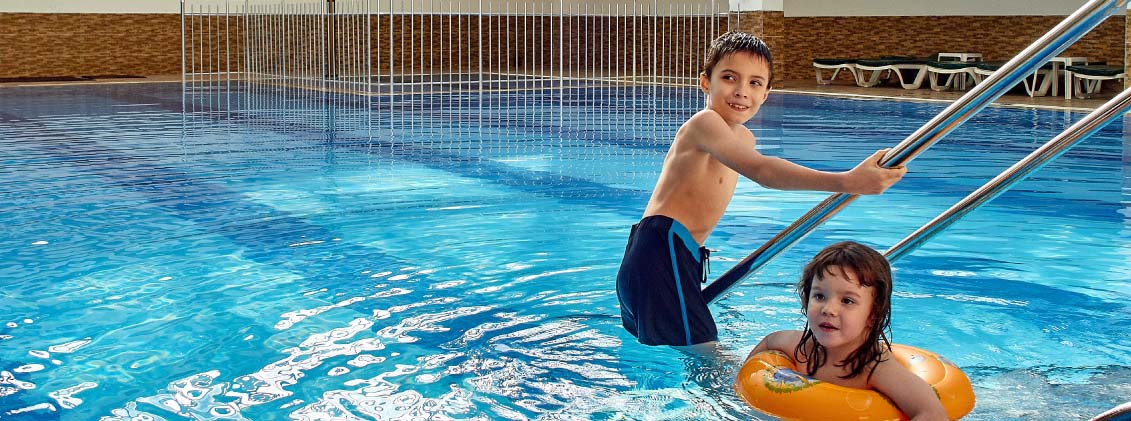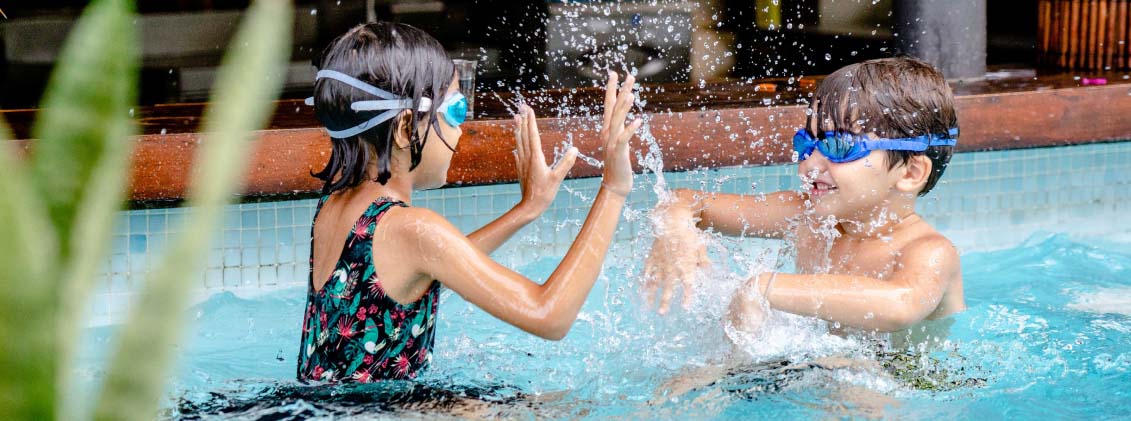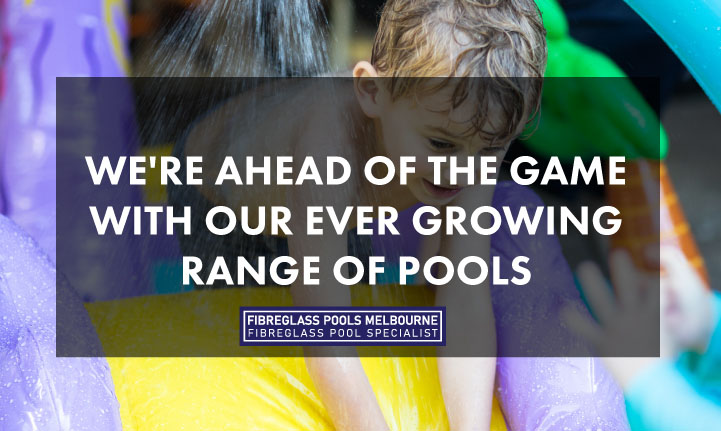Vacuuming Your Swimming Pool: A Thorough Guide
Manual vacuuming is essential for ensuring the health and safety of a swimming pool. While many homeowners nowadays are choosing to invest in automatic pool cleaners, the fact is that they just aren't as effective as manual vacuuming.

In this article, we’ll take you through everything you need to know to vacuum your in-ground or above-ground pool. So, without any further delay, let’s get your pool all cleaned up!
1. Make sure you have everything you need on hand
Before you start vacuuming your swimming pool, you need to ensure that you have certain parts on hand, such as:
The vac head or the pool vacuum head
The telescopic pole, which needs to be attached to the pool vacuum head
The pool vacuum hose - make sure that its length is sufficient for reaching all the areas in your pool
The vacuum plate or skim vac - this is optional and required only if you plan on using the skimmer basket
2. Turn on the pool filter and pump
You need your pool filter and pump turned on if you’re manually vacuuming your pool. So, turn them on and ensure that the starting pressure is good. Backwash your sand or D.E. filter if there’s high pressure. If you own a cartridge filter, clean the cartridges. Now, that you’ve taken these steps, let’s move on to putting the parts together.
3. Attach the pool vacuum hose and vac head to the telescopic pole
The vacuum head should be attached to the telescopic pole’s open end. Next, take one end of the pool vacuum hose and attach it to the vacuum head. Some hoses can be slippery. If yours is the same, keep it in position with the use of a hose clamp.

4. Remove air from the vacuum hose by filling it with water
Once you’ve attached all the parts correctly, it’s time to place them all inside the pool. The vacuum head should rest on the surface at the pool’s bottom. Next, place the vacuum hose’s other end against one of the pool’s return jets. This will result in water being pushed through the vacuum hose, which will subsequently drive air out of it. If you notice air bubbles coming out from the vac head, you’ll get to know the air inside the hose is being removed. At this point, the vacuum inlet should be the only open line to your pool pump. If this isn’t the case, the pump will suck in debris and particles, and your hard work will be undone.
Here are the benefits of regularly maintaining your swimming pool!
5. Attach the vac hose to the skimmer
Take the end of the vac hose you had positioned against one of the pool’s return jets and attach it to the skim vac plate. Next, make sure that you use your hand for blocking the opening, and put it inside the skimmer on the basket’s top. At this point, the creation of a tight seal is imperative. If you fail to seal it tightly, suction will be compromised. You can also choose to undertake this step without a vacuum plate. In this case, start by removing the skimmer basket. Block the water-filled hose’s end with your hand and insert it into the skimmer inlet. The insertion should be firm.
6. Begin to vacuum
Now that you’ve successfully completed all the previous steps, it’s time to start vacuuming. If your pool has shallow and deep ends, it’s best to start at the former and gradually move towards the latter. If your pool is right, you can vacuum it however you prefer. The cleaning strokes should be long, slow, and overlapping. This will ensure thorough cleaning and will result in the removal of all debris and particles. It’s important not to rush as it will unsettle the debris and particles, making it more difficult to clean them. Sometimes, even if you’re at your most thorough, the water may become cloudy due to unsettled debris. If it does, stop vacuuming and give the debris a few hours to settle. Once it does, you can resume vacuuming.

7. Disconnect the parts and use your cleaning brush for a final clean
So, you finished vacuuming your pool – congratulations! Now, it’s time to disconnect the vacuum’s parts. Separate the telescopic pool and the vac head. At this point, some water may be left in the vac hose – drain all of it. Next, attach the cleaning brush to the telescopic pool and scrub the remaining traces of dirt, debris, algae, and other contaminants. If your pump strainer basket has any debris, clear it. Also, remember to backwash your pool filter. Additionally, turn on the filter setting after vacuuming if you vacuumed the pool on the waste setting. Next, add fresh water and proceed to test it for chlorine, pH, and alkalinity levels. If the levels aren’t balanced, adjust them accordingly.
See 10 of the best pool upgrades that will save you money, time and energy!
8. Rinse the vacuum's parts and store them in a clean and dry place
Just because you’ve completed vacuuming and refilled your pool water doesn’t mean you can dive into your pool straight away. After the vacuuming is done and dusted, you need to rinse all the vacuum parts. Once they’re all rinsed, leave them out to dry, and after they’ve dried entirely, store them somewhere clean and dry. If you want your pool vacuum to last you a long time, you have to take care of it.
Conclusion
Manual pool vacuuming is a painstaking task, and it’s not surprising that many modern-day swimming pool owners are trying to automate the process by investing in robotic cleaners. However, if you’d like a hands-on approach to maintaining your swimming pool, there’s nothing better than manual vacuuming. Trust us – it will ensure the most thorough cleaning and also guarantee the removal of all organic and inorganic pollutants and contaminants. By the end of it, your pool will be in perfect condition for you and your family to take a dip. Of course, as it’s an elaborate task, you may have to dedicate an entire day to it, but in the end, it’ll be well worth the trouble.

